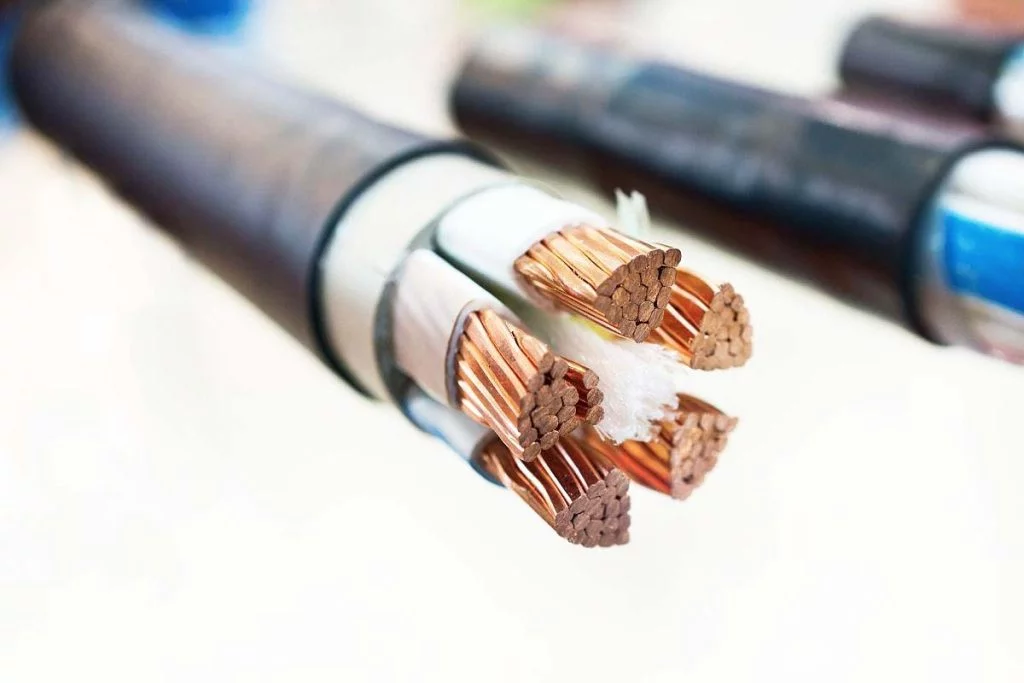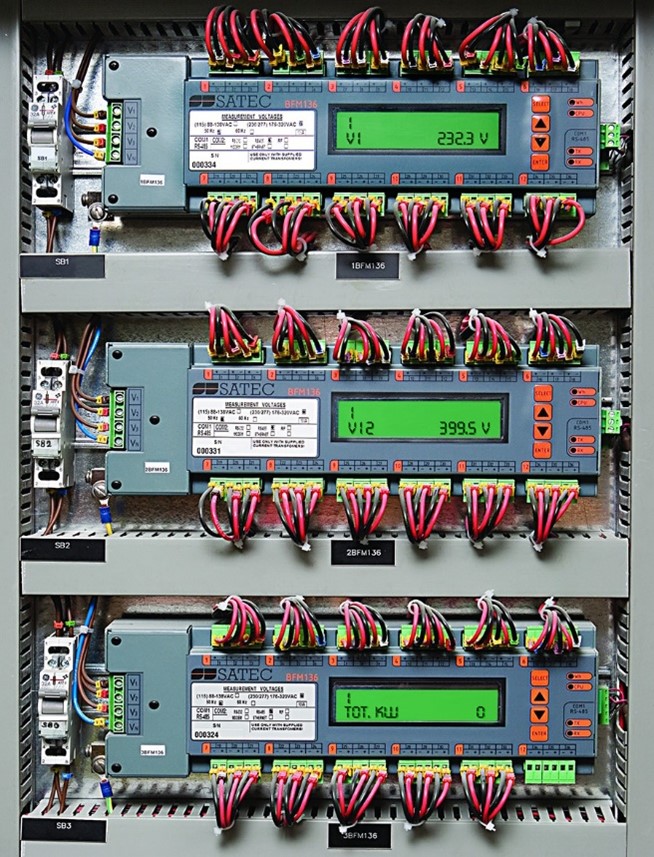Want to know contactor types? This article will introduce different types of contactors.
Contactor Types by Voltage of the Control Coil
Contactors can be classified based on the voltage type of their control coil, either AC (Alternating Current) or DC (Direct Current). AC contactors are driven by AC voltage, while DC contactors use DC voltage. Each type is suited for different power systems and load characteristics. For instance, AC contactors are commonly used in conventional power systems in industrial automation, whereas DC contactors are often found in circuits that require stable and precise control.

Contactor types by Operation Structure
Contactors can also be categorized by their operation structure into electromagnetic, hydraulic, and pneumatic types:
- Electromagnetic Contactors: The most common type, these use a magnetic field generated by a coil to open and close the contactor.

Hydraulic Contactors: Utilize a hydraulic system to control the contactor’s action, typically used in scenarios that require higher operating forces.

Pneumatic Contactors: Driven by compressed air, these are commonly used in industrial environments where quick response and high-frequency operation are needed.

Contactor Types by Action Mode
The action mode of contactors is mainly divided into direct-acting and rotary types:
- Direct-Acting Contactors: Operate by a direct linear motion to open or close the main contacts, featuring a simple structure and fast response.
- Rotary Contactors: Use a rotational movement to achieve contact engagement or disengagement, typically used in specific mechanical applications.
Contactor Types by Poles of the Main Contacts
Contactors can be classified by the number of poles in the main contacts, including single-pole, double-pole, three-pole, four-pole, and five-pole types. Each type is suited to different circuit configurations and load requirements:
- Single-Pole Contactors: Used for controlling single-phase circuits.
- Double-Pole Contactors: Suitable for controlling equipment that requires two circuits.
- Three-Pole Contactors: Commonly used for controlling three-phase motors.

Four-Pole and Five-Pole Contactors: Typically used in more complex circuits and multi-circuit control.

Electrical Contactor by specific Types
Contactors can also be classified based on their application into motor contactors, lighting contactors, and power contactors:
- Motor Contactors: Specifically designed for controlling the start and stop of motors, capable of handling high current surges.
- Lighting Contactors: Used to control lighting circuits, typically handling large currents to manage multiple lighting fixtures simultaneously.
- Power Contactors: Suitable for power distribution systems, controlling the on and off states of large electrical equipment.
Contactor Types by Current Rating
Contactors are categorized by their current rating into heavy-duty and light-duty types:
- Heavy-Duty Contactors: Designed to handle high current loads, typically used for industrial motors and large equipment control.
- Light-Duty Contactors: Suitable for handling small current loads, commonly used in household appliances and small equipment control.
Contactor Types by Mounting
The mounting method for contactors usually includes screw-mount and DIN rail mount:
- Screw-Mount Contactors: Directly fixed to equipment or panels using screws, providing a secure installation suitable for stationary devices.

DIN Rail Mount Contactors: Easily installed on standard DIN rails, offering convenient installation and replacement, commonly used in industrial control cabinets.

By understanding these different types of contactors used in industry, you can easily select the most suitable type for your specific application, ensuring the stability and efficiency of your electrical systems.






